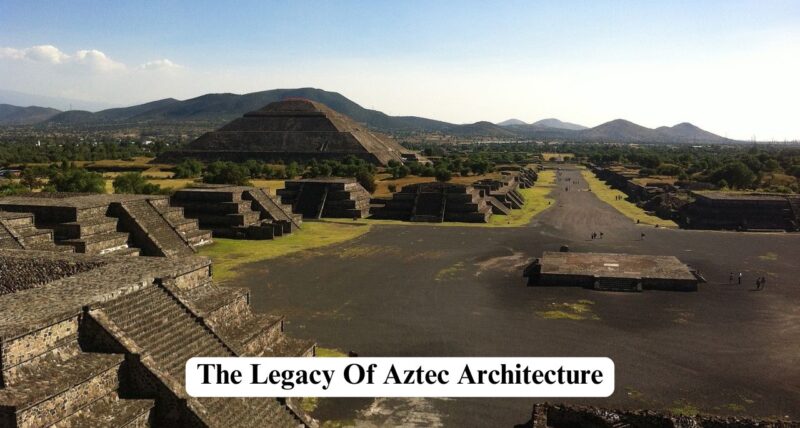The Aztec Empire was one of the most powerful civilizations to have ruled central and southern Mexico, along with some of its surrounding regions. Later, the Spanish invaders defeated them in 1521. One of the fascinating aspects of the indigenous civilization other than their culture, religion, and social practice was their architecture. This blog post will briefly unravel the architectural culture of the Aztecs.
Key Architectural Features
Although some aspects of Aztec architecture carry Mesoamerican influences, the civilization had an architectural style of its own. The architecture was mostly a confluence of their religion, social structure, and sophisticated urban planning. With their inventiveness, they built pyramids, temples, canals, and other advanced structures.
Use Of Materials
The Aztecs employed the use of several materials for their architectural constructions. They used clay, stone, wood, lime, blades, and sand. These construction materials were locally available. They also imported other construction materials. These included a variety of mined volcanic stones, like tezontle, andesite, and basalt were used too. These helped strengthen the building foundations against sinking soil and humid climates. The Aztecs also used adobe, dried clay bricks, to build houses.
Design Elements
The Aztecs used distinctive design styles that highlighted their cultural beliefs while adding to their architectural aesthetics. They used murals, mosaics, and carvings that depicted their religions and spiritual lore. They also used geometric shapes, icons, and other symbols for decorating temples and structures.
Major Structure
The most remarkable religious structure of the Aztec empire was the Templo Mayor. It was of great cultural and religious significance. The Aztecs constructed this temple in honor of their rain and war gods, Tlaloc and Huitzilopochtli, respectively.
Structurally, it resembles a stepped pyramid. The temple was built upon several layers and featured shrines. As one of the towering Aztec structures, it was also of socio-political importance. Many ceremonial rituals were also held in the temple.
Engineering Innovations
The artistry and functionality of the Aztec architectural legacy reflect their innovative engineering skills and urban planning techniques. Other than the Templo Mayor, structures such as the Great Pyramid of Cholula exemplify the advanced capabilities of the Aztecs.
They also constructed canals like the Xochimilco Canals. These waterways served multiple purposes. They also aided in transportation. They established guidelines for sustainable irrigation and agriculture with their chinampas and aqueducts. The well-designed structures sustained both Aztec ecology and populations.
Urban Design
Their urban landscapes were sophistically designed. The urban designs of the cities included roadways and grids, which were ranked according to the social status of families.
Each community had a pyramid-like temple and an aristocratic compound, which were highly stylized. Tenochtitlan was one of the most advanced cities of that time. It had cleverly engineered architectural structures, social systems, and scientific achievements.
The hallmarks of Aztec architecture involved a central plaza. These were surrounded by temples, pyramids, and residential areas, decorated with carvings and sculptures. These had intricate structural designs. The meticulously designed towns had agricultural spaces other than temples and pyramids. All these reflect their advanced engineering strategies and culture.
Decline And Legacy
Following the Spanish conquest, European influences and the reformation of Mexico’s cultural landscape led to the decline of Aztec architectural techniques. The Aztec religious beliefs and construction methods were replaced by Catholic beliefs and colonial architectural designs. Although there was a shift away from traditional Aztec roots, the impressions of Aztec architecture can still be found in modern Mexican architecture.
Stunning sculptures, vibrant colors, and geometric designs adorn the modern structural designs of Mexico’s urban lands. Their structures reflect harmony by following Aztec techniques of symmetry. The use of Aztec construction materials like adobe and volcanic stones for sustainable design is still ongoing. The architectural legacy of the Aztecs continues to live on through contemporary Mexican architecture.



